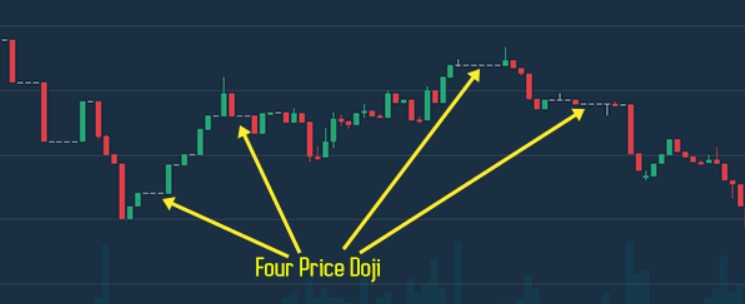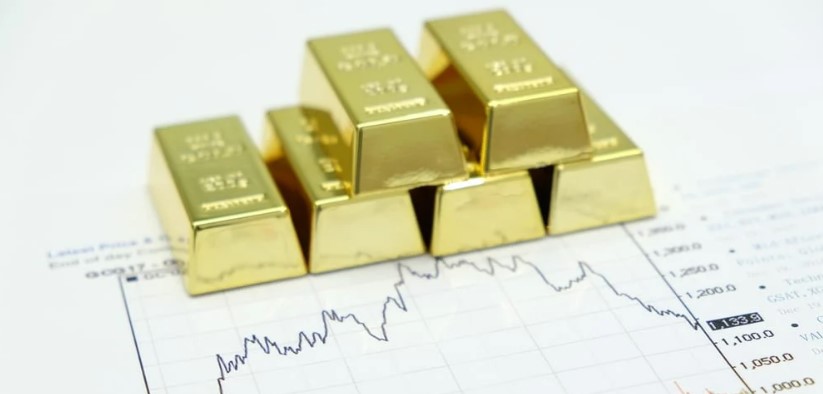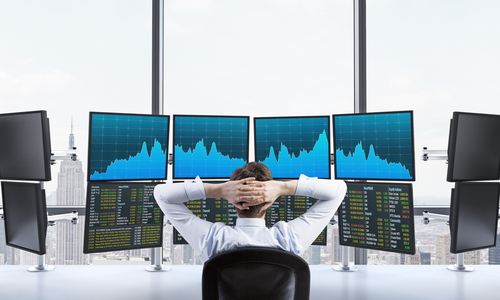
Forex Market: Is Technical Analysis Dead?
Every year the faith of many traders is rising that conventional technical analysis in its pure form does not work anymore. Think for yourself, all the main books on the technical analysis of the financial market were produced in the 90s and early 00s. Then it was fairly comprehensible and attractive, since the availability to a broad range of investors and traders to computer analysis programs was restricted, and studying technical analysis had an obvious benefit, observing pivot points and levels on the charts.
Today the issue is: how can it operate now, when using a free trading terminal, any schoolchild may place on the chart all available figures and indications of technical analysis? What is the logic? Coloring no longer works, and HFT traders inflicted a severe blow to technical analysts in the mid-00s, as Michael Lewis informed us in full in the “Flash Boys”.
Stops that are related to levels based on technical analysis are demolished by robots, and only unique tactics designed based on traders' personal observations and a trial and error technique have a chance to prevent this.
In the section below, you will read about how technical analysts started to lose faith when scientists began to examine the findings of their work, which you can read about here. Strangely enough, it was around the same time that the MetaTrader trading terminal was introduced that technical analysis began to spread throughout the world, particularly outside of Western countries, and thousands of forums began looking for grails in crocodiles, golden sections, Gann fans, and other such patterns.
In the Western world, interest in this has long since waned, and you can no longer obtain charts with the typical technical analysis ruler from well-known traders on the internet. No one is interested in statistical analyses and all kinds of relationships anymore, and coloring with different levels is also no longer appealing to anybody. Despite this, numerous dealing centers and brokers continue to bombard their customers with daily mailings that include identical junk, and the remarks of the "analysts" in them are very similar to the sample below.
Technical analysts are not deterred from their primary task of researching the mechanics of price movement by the amount of their income, the size of their dividends, the degree of risk they face, or the interest rates offered by financial institutions. As a result of this obsession with statistics, numerous jokes and tales have developed in financial circles, and they have become part of the folklore of Wall Street.
Students sometimes pose the following question to university professors: "If you are so brilliant, then why are these people so poor?" This is an issue that does not offer the academics themselves any peace of mind, since they believe that they have lost out on worldly wealth because they have committed their lives to research. The identical question may be posed to technical analysts as well as to business analysts. Finally, the primary objective of technical analysis is to generate profits. It is very reasonable to suppose that the person who teaches the techniques of technical analysis must himself be able to effectively use them in the real world.
On closer inspection, it is discovered that these analysts often wear shoes with leaks and collar shirts that have been worn out. Few individuals are directly acquainted with the technical analyst who will become wealthy, but many have seen a large number of losers among them. Strangely enough, none of them are willing to acknowledge their errors. He will not blink an eye when you inquire as to the source of his misfortune, and he will tell you the narrative of how he made an ordinary human blunder and did not trust his own schematics when you confront him with the situation.
The introduction of computers momentarily helped the job of "technicians," but this breakthrough has the potential to backfire on them in the long run. As a matter of fact, just as technical analysts create charts in order to predict the market's dynamics, academics create their own graphs and charts in order to demonstrate how successful these approaches are. In recent years, computer verification of predictions produced on the basis of technical analysis has emerged as a popular activity among scientists and engineers.
Is there such a thing as market inertia?
Technical analysts believe that understanding the history of a certain action might aid in predicting the outcome of that action in the future. For want of a better expression, the sequence of price movements in the past may aid in predicting the price on a certain day in the future. This hypothesis is referred to as the "wallpaper principle" in certain circles. Technical analysts, according to her, forecast future currency values in the same way that you may anticipate a pattern behind a mirror based only on how it appears around the mirror.
The fundamental premise is that price combinations and sequences are repeated in space and time over and over again. The market, according to technical experts, is in a state of stasis. It is thought that a currency whose value is increasing will continue to increase in value, and vice versa, that a currency whose price is decreasing would continue to drop in value in the future. As a result, investors are urged to purchase and hang on to increasing currency values. As soon as the stock price starts to plummet or act in an unexpected manner, the expert recommends that investors sell their shares quickly.
As an example, if we look at the stock market, we will notice that these technical principles are validated against archive data from the two main stock exchanges, which have been in operation since the beginning of the twentieth century. The findings demonstrate that the previous dynamics of stock prices cannot be relied upon to accurately forecast their future worth.
Unless the stock market doesn't exist at all, it has an extremely short memory. It is possible that the market may exhibit some inertia from time to time, but this will not be consistent, and the degree of such inertia will not be sufficient to counteract the negative effects of investors' activities. The most straightforward approach to determine whether or not this assertion is correct is to compare changes in the value of a stock across various periods of time. According to "techniques," if the stock price increased yesterday, it is quite probable that it will continue to increase today. In the audit, it was discovered that there is still some correlation between price fluctuations in the past and present, although the proportion of matches is very near to zero.
The price change from last week has absolutely nothing to do with the pricing change this week. If any patterns are discovered, they are quite weak and of little economic significance. Positive or negative price fluctuations over a period of time do not occur any more often than when a coin is used for the first time.
In the same manner, continually recurring patterns of diagrams are not discovered any more often than a certain sequence of cards in a game of cards is found in a game of cards. This is the situation that economists are referring to when they claim that the behavior of stocks is quite similar to that of a "random walk."







